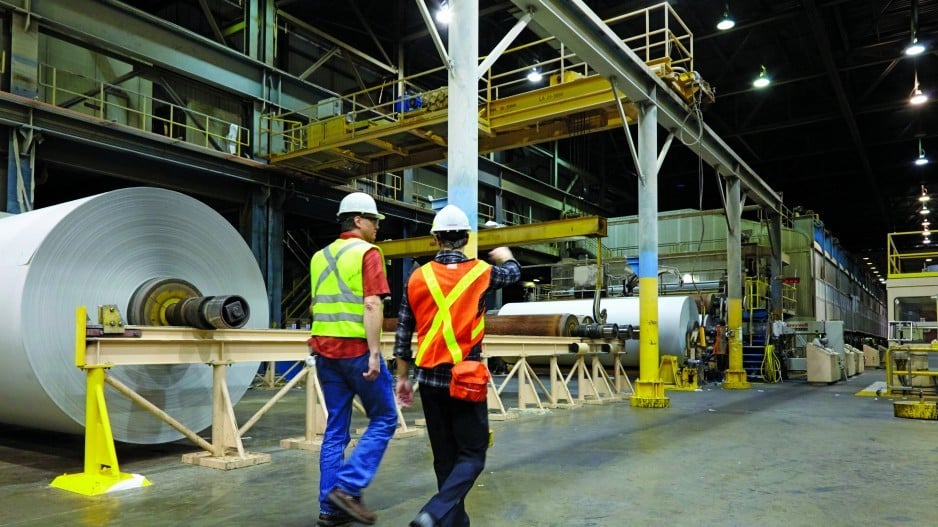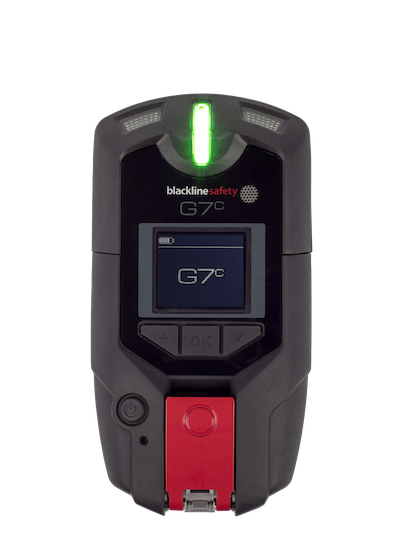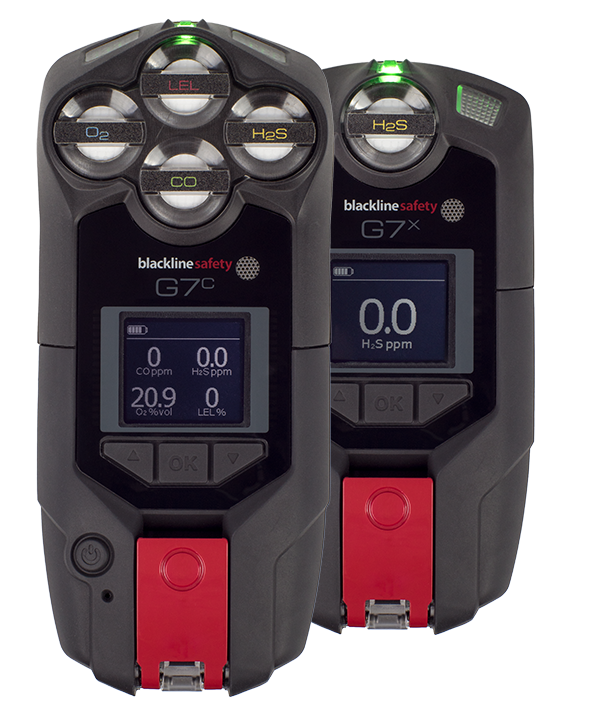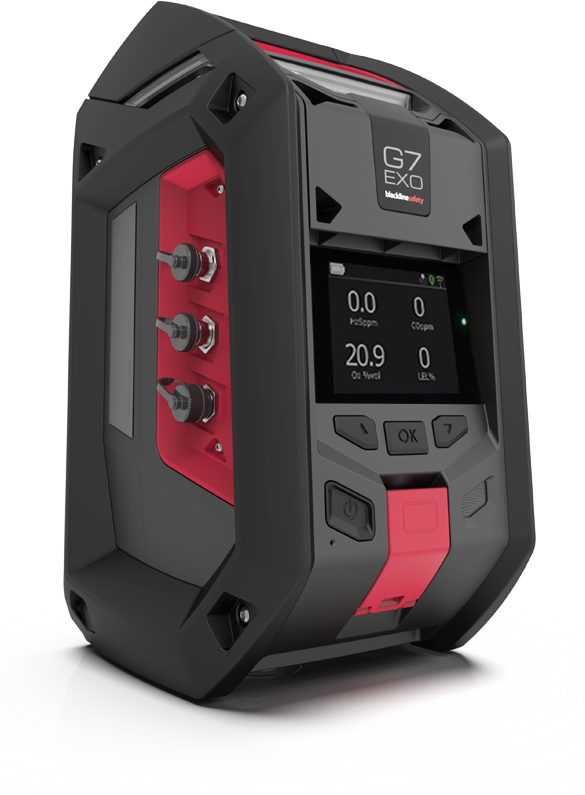The connected devices you need for unparalleled safety.
With Blackline’s comprehensive suite of safety devices, you get a complete ecosystem that leaves no aspect of worker or worksite safety to chance. Whether you need personal safety monitoring, gas detection or area monitoring, every G7 solution offers turn-key connectivity and versatility.
Trustworthy protection – Poison-immune combustible gas monitoring with broad spectrum LEL detection
Efficient execution – Connect in minutes wherever the device is placed or worn
Built for extremes – Face tough and rugged conditions, on any worksite, anywhere in the world
Ready and reliable – The G7 EXO’s100+ days of battery life allows devices to remain in operation longer, reducing the manpower needed to swap batteries or devices and the number of permits required
Direct-to-Cloud connectivity – Industry-leading cellular and optional satellite connectivity for remote areas (e.g. bring the magnetic satellite bridge with you from your truck to your ATV), streaming all data directly to the cloud
Low cost of ownership – G7 EXO’s extra-long battery life eliminates the need to purchase extra monitors, saving tens of thousands of dollars. And with connected wearables, you can easily locate a lost device
Immediate Awareness - Text and email alerts keep you fully aware of device status and active situations
No nonsense – Eliminate the need for LEL correction factors, minimizing unnecessary and costly evacuations from false readings
Maximum flexibility – Thousands of gas detection configurations available in single-gas to five-gas detectors with or without a pump
Uncompromised safety – Extensive person down safety features such as fall detection, missed check-in alarms, an S.O.S. latch to call for immediate assistance and no-motion detection, two-way communications and push-to-talk functionality.









